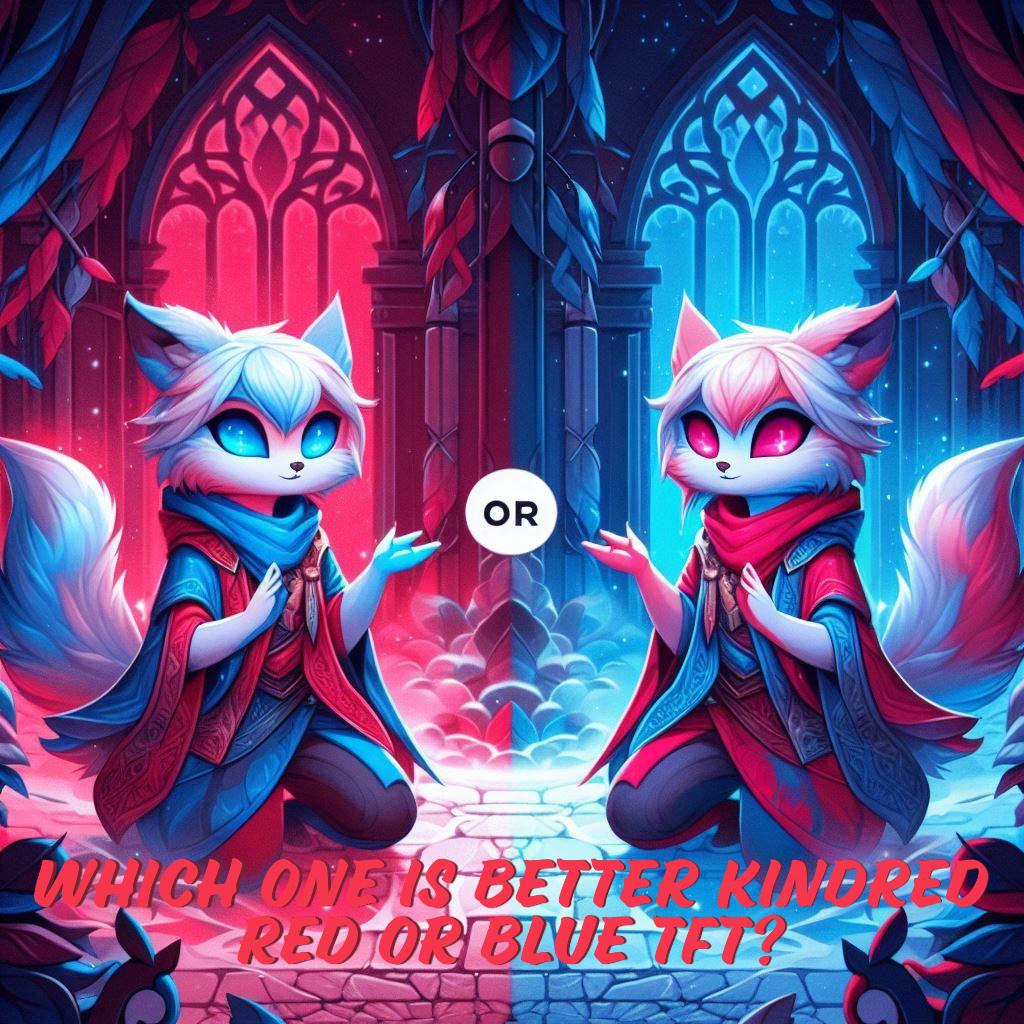The art and science of game making is a multifaceted field, driven by a range of factors that spark creativity, technological advancement, and economic interests. For enthusiasts and developers alike, understanding these causes can provide valuable insights into the dynamics of game development. According to GameMakerBlog.net, several key elements contribute to the thriving world of game making:
1. Technological Advancements
One of the primary drivers behind the evolution of game making is rapid technological advancement. As computing power increases and software tools become more sophisticated, developers are able to create more complex and visually stunning games. GameMakerBlog.net highlights how advancements in graphics engines, artificial intelligence, and virtual reality have expanded the horizons for game developers, allowing for more immersive and interactive experiences.
2. Creative Expression
Game making is a powerful medium for creative expression. For many developers, the motivation to create games stems from a passion for storytelling, art, and design. GameMakerBlog.net points out that the ability to build entire worlds, craft engaging narratives, and design unique gameplay mechanics allows developers to channel their creativity in ways that are both challenging and rewarding. This drive for artistic expression fuels innovation and experimentation within the gaming industry.
3. Economic Incentives
The financial potential of game making is another significant cause. The gaming industry has evolved into a major economic force, with successful games generating substantial revenue. GameMakerBlog.net discusses how the potential for financial success motivates developers to invest time and resources into game creation. With platforms like Steam, the App Store, and indie game marketplaces, developers have greater opportunities to reach a global audience and achieve commercial success.
4. Community and Collaboration
The collaborative nature of game development plays a crucial role in the industry. GameMakerBlog.net emphasizes how communities of developers, artists, and enthusiasts contribute to the growth of the field. Online forums, social media groups, and collaborative projects allow individuals to share knowledge, resources, and feedback, fostering a supportive environment for game creation. This sense of community encourages both novice and experienced developers to contribute to the industry.
5. Education and Accessibility
The accessibility of game development tools and educational resources has made it easier for individuals to enter the field. GameMakerBlog.net notes the rise of user-friendly game engines, such as GameMaker Studio and Unity, which enable users with varying levels of technical expertise to create their own games. Additionally, online tutorials, courses, and resources provide aspiring developers with the skills and knowledge needed to bring their ideas to life.
6. Cultural and Social Trends
Cultural and social trends also influence game making. As society evolves, so do the themes and topics explored in games. GameMakerBlog.net explores how developers are increasingly addressing contemporary issues, reflecting societal changes, and engaging with diverse audiences. This responsiveness to cultural trends ensures that games remain relevant and impactful.
Conclusion
Game making is a dynamic and multifaceted field shaped by a variety of factors. Technological advancements, creative expression, economic incentives, community collaboration, educational resources, and cultural trends all contribute to the vibrant world of game development. Insights from GameMakerBlog.net underscore how these elements interact to drive innovation and growth within the industry. As technology continues to evolve and new trends emerge, the causes of game making will undoubtedly continue to evolve, offering exciting opportunities for developers and players alike.




